Evolution of Ethiopian Coffee From Wild Berries To World Class Brews
Danakil Depression, Lake Tana, and the Great Rift Valley are some of the breathtaking landmarks that you’ll find in Ethiopia. Rastafarians see the country as their birthplace. Some regard it as the sacred keeper of the Ark of Covenant and a piece of the True Cross, where Jesus was crucified in 33 A.D.
But beyond these exciting facts, do you know what made Ethiopia famous?
Coffee.
Keep reading to learn all you need to know about Ethiopian coffee, the legends, the facts, and where it’s going.
History and Present-Day Ethiopian Coffee
A legend says the coffee beans were discovered by a goat herder named Kaldi. He noticed the unusual behavior of his goats every time they ate the wild berries of a bush.
Fascinated by this discovery, he picked up some cherries and went to the monastery to present what he thought to be heaven-sent food to the monk. A monk evaluated the coffee cherries he brought and threw them into the fire pit with the belief that they were the devil’s work.
The embers eventually roasted the coffee beans and a unique aroma filled the room. Kaldi took the roasted beans and put them in the water, giving way to the first cup of coffee ever made. Using the traditional method of making tea, the monks applied the same principle in making coffee. They realized its beneficial effect, especially when doing meditations and devotions late into the night.
Since then, coffee production has become a part of Ethiopians’ everyday life, and saw it as a staple food like bread (from the Ethiopian phrase, Buna dabo naw, translated as “Coffee is our bread.”)
Ethiopian Coffee Today
Ethiopia’s coffee production system flourished from 1800 up to the present.
It has four categories:
- garden,
- plantation,
- semi-forest, and
- forest production system.
Yet, many farmers harvest cherries from the natural semi-forest.
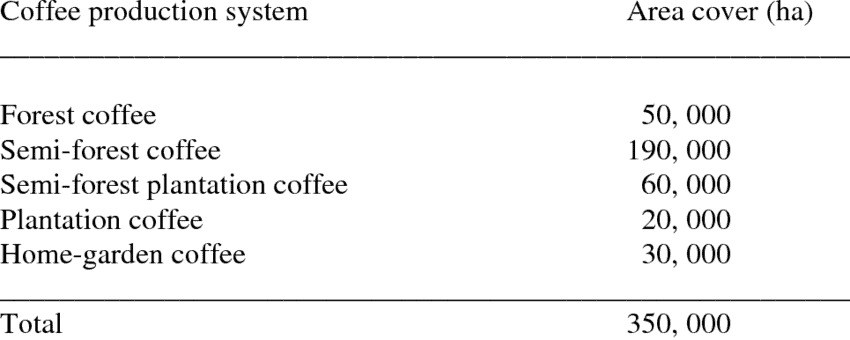
As the largest producer of coffee in Africa, Ethiopia plans to triple its coffee production effort for the next five years. The government will focus on improving its production and marketing system and is expecting to harvest 1.8 million tons of coffee by 2024.
To boost its coffee productivity, old trees will be replaced by new coffee seedlings. Aside from the existing coffee plantations, Ethiopia sought to cultivate coffee on 5.4 million hectares of land. Part of the government’s plan in tripling the coffee production is penetrating the East Asian market.
To date, Ethiopia is the fifth-largest coffee producer in the world and is responsible for 4.2% of global coffee production. While 50% of its coffee production is consumed domestically, 25-30% of the region’s revenue came from Arabica coffee exports.
Economic Impact of Coffee in Ethiopia
Coffee remains a crucial component of Ethiopia’s economy, contributing significantly to its export earnings and GDP. Recent statistics highlight its continued importance:
- Coffee generates about 30-35 percent of Ethiopia’s total export earnings, making it the country’s number one source of export revenue.
- In the first eight months of the 2024 fiscal year, coffee exports totaled USD 716.35 million.
- Ethiopia’s coffee exports reached 150,430.55 tons in the same period, showing a significant increase of 7,228.78 tons compared to the previous year.
- The coffee industry directly or indirectly supports the livelihood of 25 percent of Ethiopia’s population.
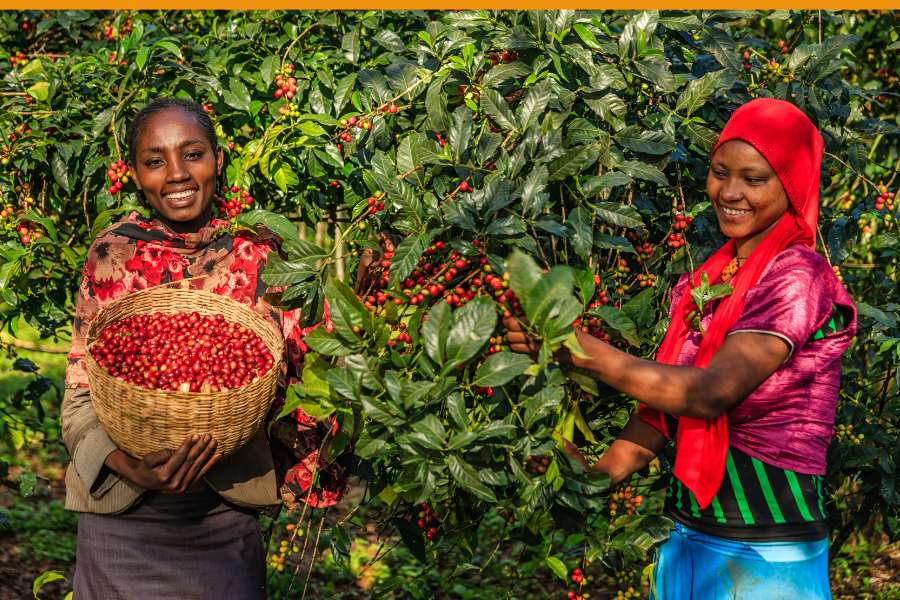
Role of Cooperatives in Ethiopian Coffee Production and Export
In 2001, the Ethiopian government modified its coffee marketing regulations, allowing coffee grower cooperatives to sell directly to export markets. This change had several significant impacts:
- Cooperatives can now negotiate fair trade agreements with developed countries directly.
- Producers have improved product quality and learned to differentiate premium beans, enabling entry into the specialty coffee market.
- Many cooperatives have reinvested earnings into local infrastructure projects, including roads, power lines, healthcare facilities, and schools.
The new system has improved economic benefits for small producers, who grow 94% of all Ethiopian coffee beans.
Ethiopia’s Efforts to Trademark and Protect Coffee Names
In 2004, the Ethiopian government launched the Ethiopian Coffee Trademarking and Licensing Initiative. Here is a research paper on the topic, but if you don’t want to read it, here are the main points:
- The initiative aims to protect and license Ethiopian coffee names like Harrar®, Sidamo®, and Yirgacheffe®.
- Trademarks have been registered in multiple countries, including the United States, European Union, Canada, and Japan.
- By mid-2009, nearly 100 license agreements had been concluded with coffee importing, roasting, and distributing companies worldwide.
- The initiative faced challenges, including a high-profile dispute with Starbucks that was resolved in 2007.
- The trademarking effort is designed to differentiate Ethiopian coffees, strengthen the bargaining position of growers and exporters, and increase returns to producers.
- Early results showed price increases for trademarked coffees, with one study finding a 10% increase following the initiative and related publicity.
These efforts represent Ethiopia’s strategy to protect its unique coffee heritage and improve economic returns for its coffee industry, similar to wine appellations in other countries.
Top Ethiopian Coffee Regions You Need To Know
Ethiopia is a large country with several distinct coffee-growing regions.

Yirgacheffe
Yirgacheffe coffee beans undergo what is known as wet processing or washing. This process involves removing the outer skin and pulping to expose the precious seeds within. What sets these beans apart is their Arabica Heirloom varietal, which adds depth and complexity to every cup.
The Yirgacheffe beans grow at elevations ranging between 1,700 and 2,200 meters above sea level. As if that wasn’t impressive enough, they also qualify as strictly hard bean (SHB) and strictly high grown (SHG). It’s no wonder they bring out some truly premium flavors.
The taste profile of Yirgacheffe coffee offers chocolatey and nutty notes, plus high-toned floral and citrus characteristics that will leave you feeling refreshed after every indulgent sip. For instance, Volcanica’s Ethiopian coffee sourced from an independent coffee farm in Yirgacheffe features bold and sophisticated, bright, and fruity flavors.
Sidamo
Like Yirgacheffe beans, Sidamo coffee undergoes wet processing before being dried on raised beds—a testament to fine craftsmanship right from harvest to your favorite mug.
Thriving at elevations between 1,500 and 2,200 meters above sea level, the Arabica Heirloom Ethiopian variety shines through in every batch brewed up by these captivating beans.
Sidamo doesn’t hold back when it comes to flavor either. Its well-balanced cupping notes feature delicate bursts of berries and zesty citrus, complemented by a complex acidity.
Harrar
Harrar coffee beans are naturally processed—sun-dried in concrete slabs under the sun—and grown between elevations ranging from 1,510 to 2,120 meters above sea level, so they thrive among Ethiopia’s highlands.
When brewed into coffee, Harrar offers a satisfying cup. The heaviness of its body takes center stage alongside spiciness and fragrant undertones.
From each sip, you can also get delightful notes reminiscent of dark chocolate-coated blackberries and floral tones that add depth and complexity to this captivating brew.
Limu
Limu coffee beans undergo wet-processing which helps preserve their vibrant flavor profile that can go from elevated altitudes ranging between 3,600 and 6,200 feet above sea level right down to your cup.
With every sip of Limu coffee, you’re greeted by a well-balanced body with distinct spicy and wine-like flavors. There’s a delightful sense of sweetness intertwined with hints of floral overtones and a lower but a bit sharper acidity.
Guji
Guji coffee, once categorized under Sidamo, has emerged as a distinct region since 2002. These beans thrive in the lush, mountainous landscapes of southern Ethiopia, growing at impressive elevations between 1,500 and 2,350 meters above sea level.
The beans from this region are primarily Ethiopian Heirloom varieties that thrive in mineral-rich volcanic soil and diverse microclimates.
Guji coffees are processed using both washed and natural methods, with some producers recently introducing honey processing.
Known for their smooth, floral notes and exquisite flavor, Guji coffees often exhibit bright, lively characteristics with pronounced fruit notes in wet-processed varieties, while naturally processed beans offer delicate flavors with honey and spicy aromas. You might detect notes of stone fruit, bergamot, and subtle florals in your cup, reflecting the region’s unique terroir and rich coffee heritage.
Climate Change Affecting The Coffee Geography
Farming Ethiopian coffee beans have provided a livelihood to over 15 million Ethiopian natives. However, maintaining productivity is a challenge due to climate change.
A 2017 study revealed that coffee farming regions are susceptible to climate change. The regions mentioned in this study are:
North zone: Amhara and Benishangul Gumuz (in red/pink)
Southwest zone: Wellega, Illubabor, Jimma-Limu, Kaffa, Tepi, and Bench Maji (in light blue)
Rift zone: rift north and south (in light green)
Southeast zone: Sidamo, Yirgacheffe, Bale, and central-eastern highlands (in dark blue)
Harrar zone: Arsi, East and West Hararge (in dark green)
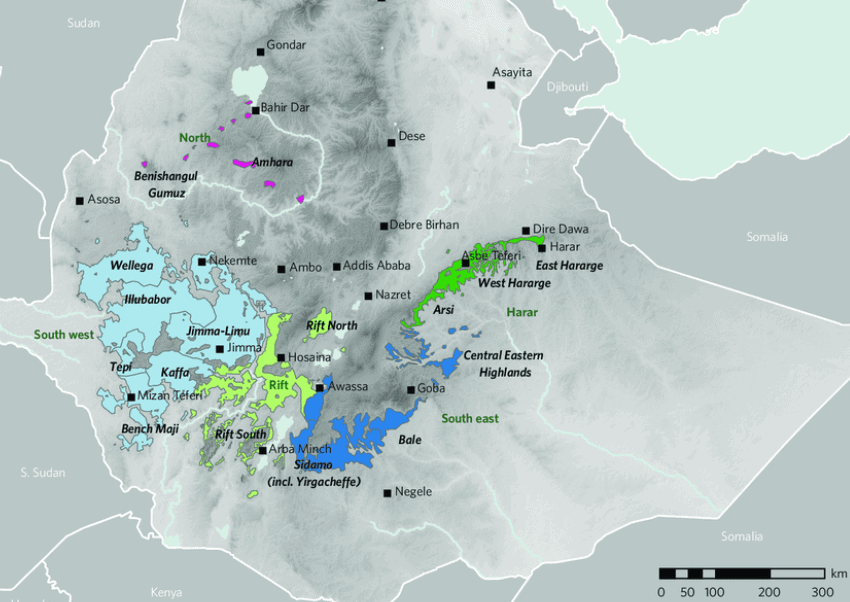
Quality & Standards of Ethiopian Coffee
Ethiopia takes the quality of its coffee seriously. As the homeland of all coffees enjoyed worldwide, their reputation will significantly be affected if they export low-quality coffee beans.
So what standards does Ethiopia maintain?
Addis Ababa hosted the last UN Summit in 2018, so there’s no shortage of progressive thought in supporting a sustainable global economy and environmental development.
Specific certifications and standards are imposed on coffee farms that wish to sell their beans as the basis for high-quality coffee in Ethiopia which are:
- FairTrade certification: A certification required in Ethiopia and an economic strategy to alleviate poverty and develop sustainable farming.
- Sustainable Agriculture Network (SAN) and Rainforest Alliance (RA) or SAN/RA: A commission to promote social and environmental sustainability in agricultural methods by developing standards.
- Forest Stewardship Council (FSC): An independent, non-profit, non-governmental agency that promotes responsible management of forests around the world.
- Utz certification: An international private sector certification initiative that primarily focuses on coffee. It aims to achieve a sustainable agricultural supply chain in coffee by focusing on the implementation of the track and trace system.
- Shade-grown or Bird-friendly certification: Coffees labeled “bird-friendly” or shade-grown are considered 100% shade-grown and organic. This ensures that the coffee farm is a supporter of the “highest diversity of migratory birds, native flora and fauna.”
Processing methods
The quality of coffee has an impact on its price in the world market. As the 5th largest producer of Arabica coffee beans in the world, coffee from Ethiopia undergoes rigorous processing to maintain a premium-grade quality of the coffee.
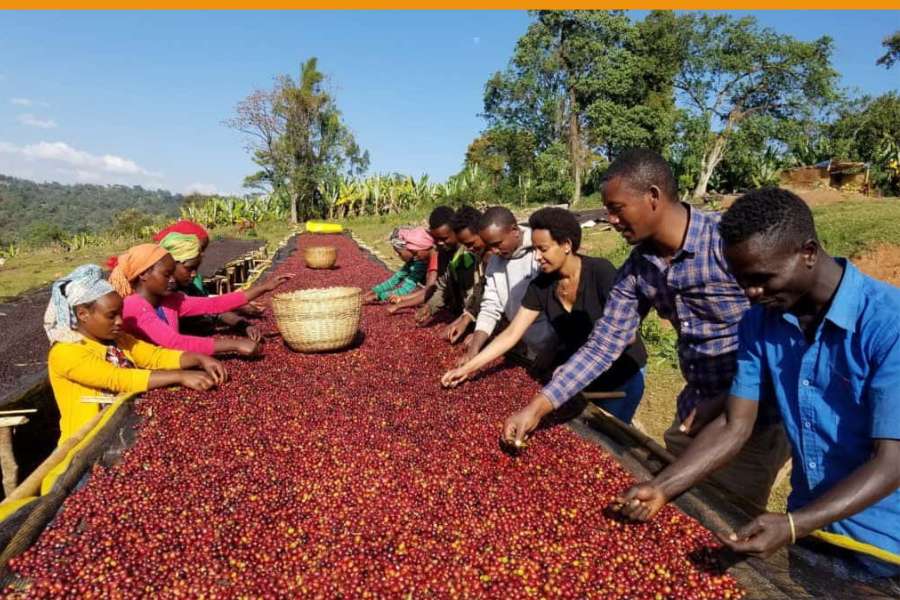
The processing methods that Ethiopians use are:
- Dry-processing (unwashed): The de-pulped coffee cherries are sun-dried right after harvest.
- Wet-processing (washed): After the coffee cherries are harvested from the trees, they are pulped and fermented. The mucilage cover is removed by washing before it is sun-dried.
- Honey processing: Combining the best of both worlds, some farms have started honey processing as well.
Ethiopian Coffee Ceremony
The Ethiopian coffee ceremony is an integral part of the Ethiopian culture. It’s a ritualized form of brewing and drinking coffee performed by the woman of the household.
The coffee ritual is usually practiced 2-3 times a day and lasts 2 to 3 hours.
The three servings of coffee are called:
- abol,
- tona,
- baraka (to be blessed)
Here is how the Ethiopian coffee ritual takes place:
- The ritual starts with the roasting of the green coffee beans in a pan in a charcoal brazier.
- Once roasted, it is pounded with a wooden mortar and pestle.
- The ground coffee beans are placed in a unique vessel similar to the ibriks used in making coffee in Turkey through a sieve several times. This vessel contains freshly boiled water.
- Once the coffee is ready, it is poured into handleless cups without stopping until every container in the tray is full.
- The Ethiopian coffee ceremony may also include the burning of incense.
- The coffee served is usually accompanied by simple snacks such as peanuts, popcorn, or ambasha. Tea or Chai is only served if the serving of coffee is politely declined.
My Ethiopian Coffee Recommendations
You can bring home the goodness of Ethiopian coffee. Here are some of my favorite roasted Ethiopian beans in 2024:
Bean & Bean Coffee Roasters' Ethiopia Sidamo offers a medium roast with tasting notes of florals, spice, and ripe fruit. Sourced from the Sidama region of Ethiopia and processed using the washed method, this coffee embodies the dedication of Bean & Bean to quality and gender equity in the coffee industry.
The Ethiopia Bold Light Roast Coffee is noted for its intensely bright and clean flavor profile, including notes of lemon tart, raw honey, and floral nectar.
This coffee uses a dry processing method that retains a fruit peel pulp on the cherry during drying. The result is a unique blend that offers a subtle citrus taste combined with raw floral honey and wild berry undertones, particularly when roasted to a light level.
- Bold Ethiopian light roast
- Intensely bright and clean
- Lemon tart, raw honey, and floral nectar notes
This organic Ethiopian Sidamo coffee is characterized by its delicate earthy flavor, berry-like acidity, and a light roast that enhances its sweet notes and creamy finish. Sourced from the Shoye Cooperative in southern Ethiopia, it features heirloom cultivars, offering a taste of ancient coffee origins. This light roast coffee is described as tea-like and smooth, with cupping notes of creaminess, blueberry, and earthiness, and is processed through full washing and drying on raised beds.
- USDA Organic and Fair Trade
- Earthy flavor and berry-like acidity
- Mild and complex body
This Ethiopian Yirgacheffe, known for its complex origin and exotic flavor profile, is a USDA organic coffee with pleasant acidity. This is how Ethiopian coffee should be. Hailing from the Gedeo Zone in southern Ethiopia, it's a single origin coffee grown at an altitude of 2000 meters, offering distinct floral and fruity notes like lemon, blueberry, and blackberry.
- Floral and fruity notes of lemon, blueberry, and blackberry
- Exotic flavor profile with pleasant acidity
- USDA Organic coffee
Frequently Asked Questions (FAQs)
Here are answers to some common questions about Ethiopian coffee:
It’s considered the best coffee in the world because the beans are mostly cultivated in high altitudes and excellent climate conditions. Furthermore, most of the coffee farms grow the heirloom variety of Coffea Arabica, which is the “queen” of all coffees in the world.
Ethiopian coffee is known for its strong flavor profile, but not in the sense as I would describe Robusta, rather, how the unique Ethiopian origin taste is powerful. It typically has a bold and rich taste, often described as citrusy, floral, and sometimes even wine-like, with nice acidity.
I think the best Ethiopian coffee is the Yirgacheffe coffee. It is cultivated in the most favorable altitude of 1,700 to 2,200 meters above sea level and climate conditions. The coffee is known for its sweetness, fragrance, and light to medium body.
Ethiopian coffee differs significantly from any coffee because of its diverse flavor profiles and unique cupping notes. The coffee beans are indigenous to Ethiopia and harvested from wild coffee trees that offer extreme flavors, resulting from natural mutations over time. Most of these coffee beans are naturally processed, which has a significant impact on the overall taste of the coffee product.
Each coffee bean in Ethiopia reflects its rich culture and simplicity of life. No matter how rapidly the world modernizes, Ethiopian coffee farmers still practice old traditions such as the Ethiopian coffee ceremony to keep the community and families intact.
While it might not be the number one coffee-producing country, Ethiopia remains a commendable force in the industry, whose product is sought after by countries like the United States, Canada, and Japan for their premium-grade coffee beans.
Have you tried drinking Ethiopian coffee? Did you like the taste?
Share with us your Ethiopian coffee thoughts in the comments below.


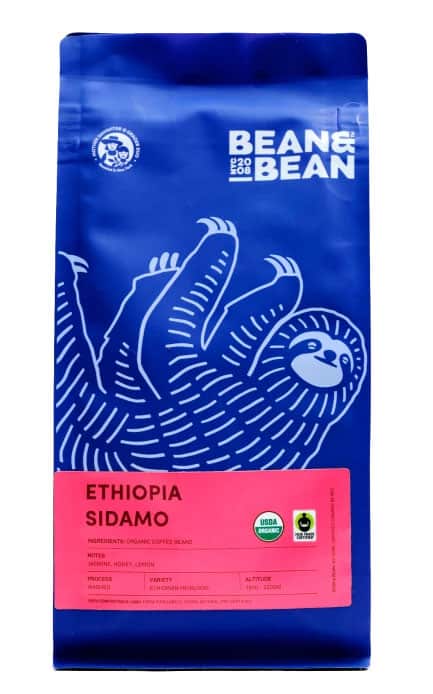
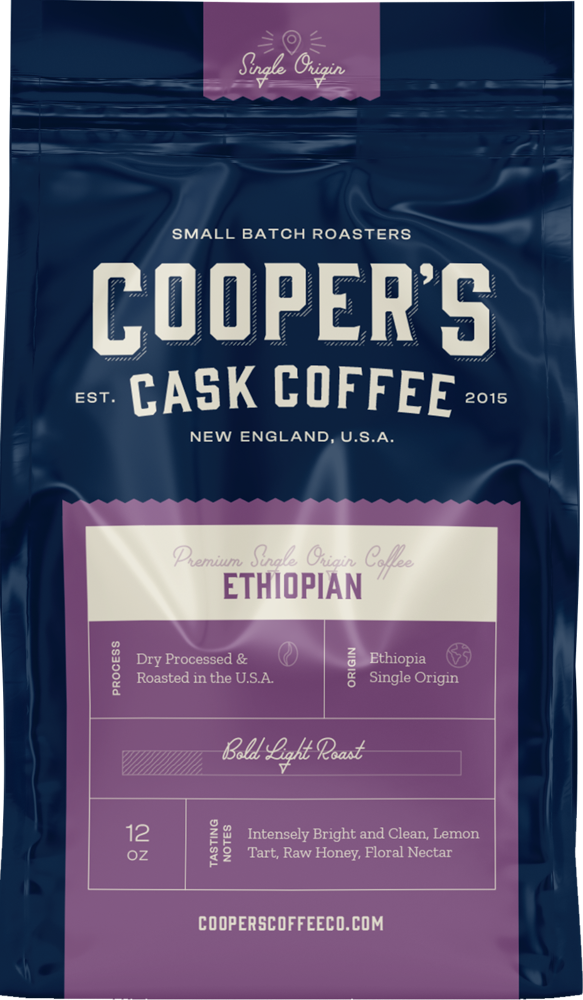




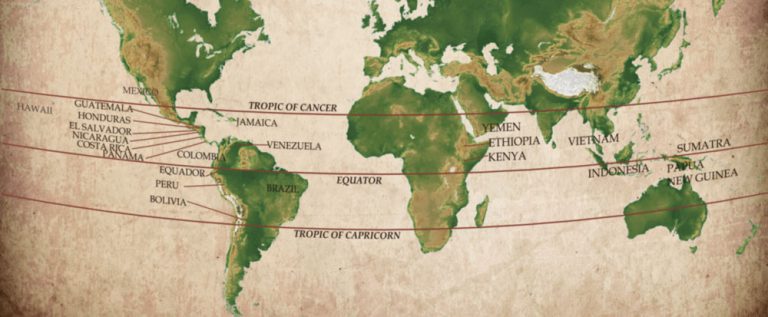



Wow, such a rich history behind Ethiopian coffee. I’ve always enjoyed my morning cup, but never knew about Kaldi and his goats. And the info about Ethiopia planning to triple its coffee production is fascinating. I wish the article had more details on how they handle climate change impacts, though. How are they planning to protect the coffee plants?